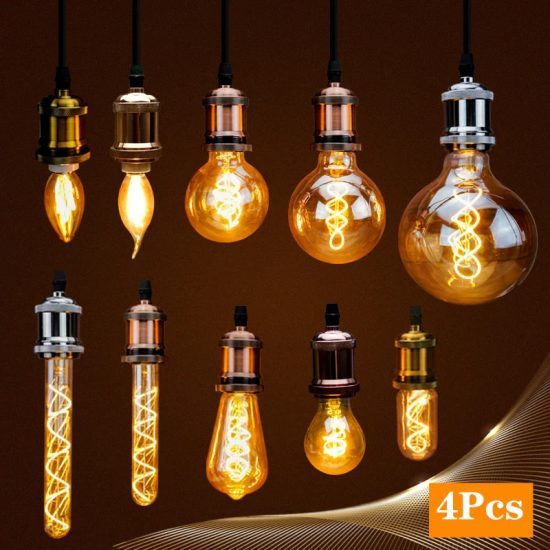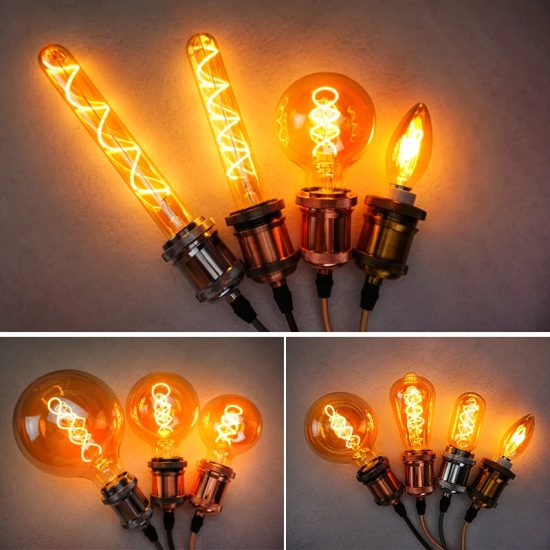As our world increasingly embraces the importance of sustainable practices, the choice of lighting technology plays a pivotal role in reducing our environmental footprint. This blog post delves into the environmental impact of LED bulbs, shedding light on how these energy-efficient alternatives are contributing to a more sustainable future.
1. Reduced Energy Consumption
LED bulbs are renowned for their energy efficiency, consuming significantly less electricity compared to traditional incandescent and CFL bulbs. Explore how this reduction in energy consumption translates to lower greenhouse gas emissions, mitigating the environmental impact associated with electricity generation. By choosing LED bulbs, individuals contribute to the global effort to curb energy consumption and combat climate change.
2. Extended Lifespan
One of the key sustainability features of LED bulbs is their extended lifespan. Delve into the longevity of LED technology, often lasting tens of thousands of hours, and how this longevity reduces the frequency of bulb replacements. This not only saves resources but also minimizes the environmental impact associated with the production, packaging, and disposal of bulbs.
3. Mercury-Free Composition
Unlike some traditional bulbs, LED bulbs contain no hazardous materials such as mercury. Explore the environmental implications of mercury-free lighting, considering the reduced risk of soil and water contamination. LED bulbs provide a safer and greener alternative, ensuring that their end-of-life disposal has minimal adverse effects on ecosystems.
4. Recyclability
Examine the recyclability of LED bulbs and how it contributes to a circular economy. While LED bulbs contain electronic components, many manufacturers are designing them with recyclable materials. Investigate how recycling programs are evolving to accommodate LED technology, ensuring that end-of-life bulbs can be responsibly dismantled and repurposed.
5. Minimal Light Pollution
Beyond their energy efficiency, LED bulbs offer better control over light direction, reducing light pollution. Explore how the focused illumination of LED technology minimizes unnecessary light spillage into the night sky, preserving natural darkness and reducing disruptions to ecosystems. This aspect of LED lighting aligns with sustainable practices that prioritize the health of both the environment and human communities.
6. Overall Environmental Impact
Consider the cumulative environmental impact of LED bulbs by examining their life cycle assessment. From manufacturing and transportation to use and disposal, LED bulbs often outperform traditional options in terms of environmental sustainability. Evaluate the comprehensive benefits of choosing LED technology to make informed decisions that align with eco-conscious values.
In conclusion, understanding the environmental impact of LED bulbs unveils a compelling narrative of sustainability. From reduced energy consumption and extended lifespan to mercury-free composition and recyclability, LED bulbs embody a commitment to environmentally friendly illumination. By choosing LED technology, individuals contribute to a brighter and more sustainable future, where responsible lighting practices harmonize with the preservation of our planet.


